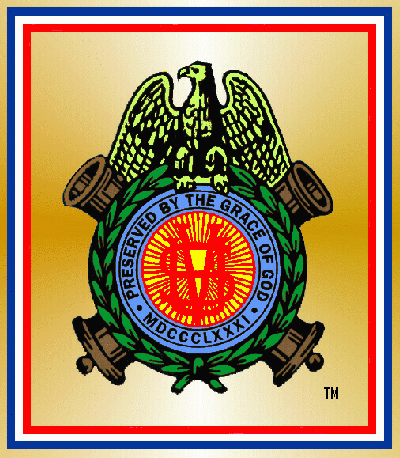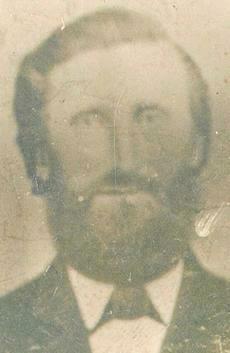William Stiffey
Sons of Union Veterans of the Civil War


William Stiffey William Stiffey was born August 20, 1830 and resided in Black Lick Township in Indiana County, Pennsylvania. William enlisted on August 7, 1862 and mustered in on August 15 as a Private to serve for nine months with Company I of the 135th Regiment Pennsylvania Volunteer Infantry. The regiment organized at Camp Curtin in Harrisburg on August 15, 1862, under the command of Colonel James R. Porter. On August 19, the regiment moved to Washington , D.C. in order to assist in guarding the city; a duty that it would continue until February 16, 1863. Then, The regiment then moved to Belle Plain and attached to the 1st Brigade, 3rd Division, 1st Corps of the Army of the Potomac . There the regiment remained on guard and picket duty until the Chancellorsville Campaign that began on April 28, 1863. On April 28, the 1st Corps was moved to Pollock’s Mills, which is near Fredericksburg . That night, the 135th was positioned along the bank of the Rappahannock River as sharp-shooters defending the 1st Corps batteries. The next morning, the enemy opened fire on the 135th, but only three men were wounded. On May 2, the 1st Corps went to support General Joseph Hooker in the battle of Chancellorsville , and the 135th served to cover the 1st Brigade of General Abner Doubleday’s division. Following the Union defeat at Chancellorsville, the regiment was moved back to Harrisburg, where it was mustered out of service on May 24, 1863.
William then reenlisted and mustered into service with the 206th Regiment Pennsylvania Volunteer Infantry, Company I, as a Private on September 5, 1864. He was later promoted to Sergeant on January 29, 1865 and remained a Sergeant until mustering out of service with the company on June 26, 1865 following the conclusion of the war. The regiment was organized in Pittsburgh on September 8, 1864 and was composed mostly of veterans like William who previously served under other regiments. The 206th was assigned to duty in the trenches outside of Richmond where it came under enemy fire that killed one of their men and wounded several others while the regiment was providing cover for an engineering corps building a fort north of Dutch Gap. The regiment did such an outstanding job in providing cover for the engineering corps that the fort came to be called Fort Brady in honor of Hugh J. Brady, the regiment’s Colonel. When Richmond fell in April 1865, the 206th was the first regiment to enter the city and raise the United States flag. William Stiffey died July 19, 1890 and is buried in Edgewood Cemetery in Saltsburg, Pennsylvania.
Photograph and information submitted by William Stiffey's great great great grandson, Jonathan D. Stiffy, Washington Camp 120, Pennsylvania Department, SUVCW.
William Stiffey


